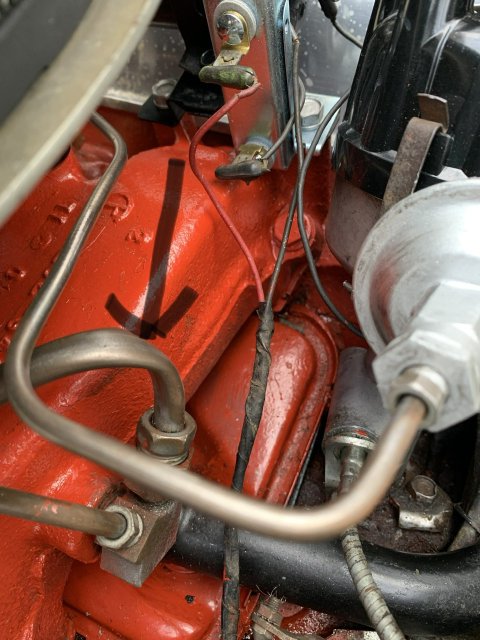- Last seen
- Joined
- Nov 12, 2021
- Thunderbird Year
- 1956
1957 with power brakes…. Mom and dad were T-bird crazy with their 55 and sold it long before I got a drivers license 51 years ago. The car I have is a driver but looks so much nicer, clean. detailed and runs like a top. After my first 20 feet and I tested the brakes, wow… it felt like manual brakes and took a lot more effort than I would have believed for power brakes. Engine runs beautifully and my curiosity dictates investigating what would be normal operation for this assembly. This is my first vintage car but I have restored dozens of vintage motorcycles from the 20’s thru 60’s…they rarely had brakes (). I have the manuals and will start digging in …any thoughts on what may be a starting point. I have driven over r0 years with power brakes…this just doesn’t feel like it.




![20211128_145612[1].jpg 20211128_145612[1].jpg](https://tbird.fordthunderbirdforum.com/data/attachments/36/36526-6081591c0cf95050ac307e9731ee13e8.jpg)
![20211128_145654[1].jpg 20211128_145654[1].jpg](https://tbird.fordthunderbirdforum.com/data/attachments/36/36527-6082db89328e178bbe6a499c9f9a24f5.jpg)
![20211128_145723[1].jpg 20211128_145723[1].jpg](https://tbird.fordthunderbirdforum.com/data/attachments/36/36528-f5a55f252ea4b147e756e7caa4694720.jpg)